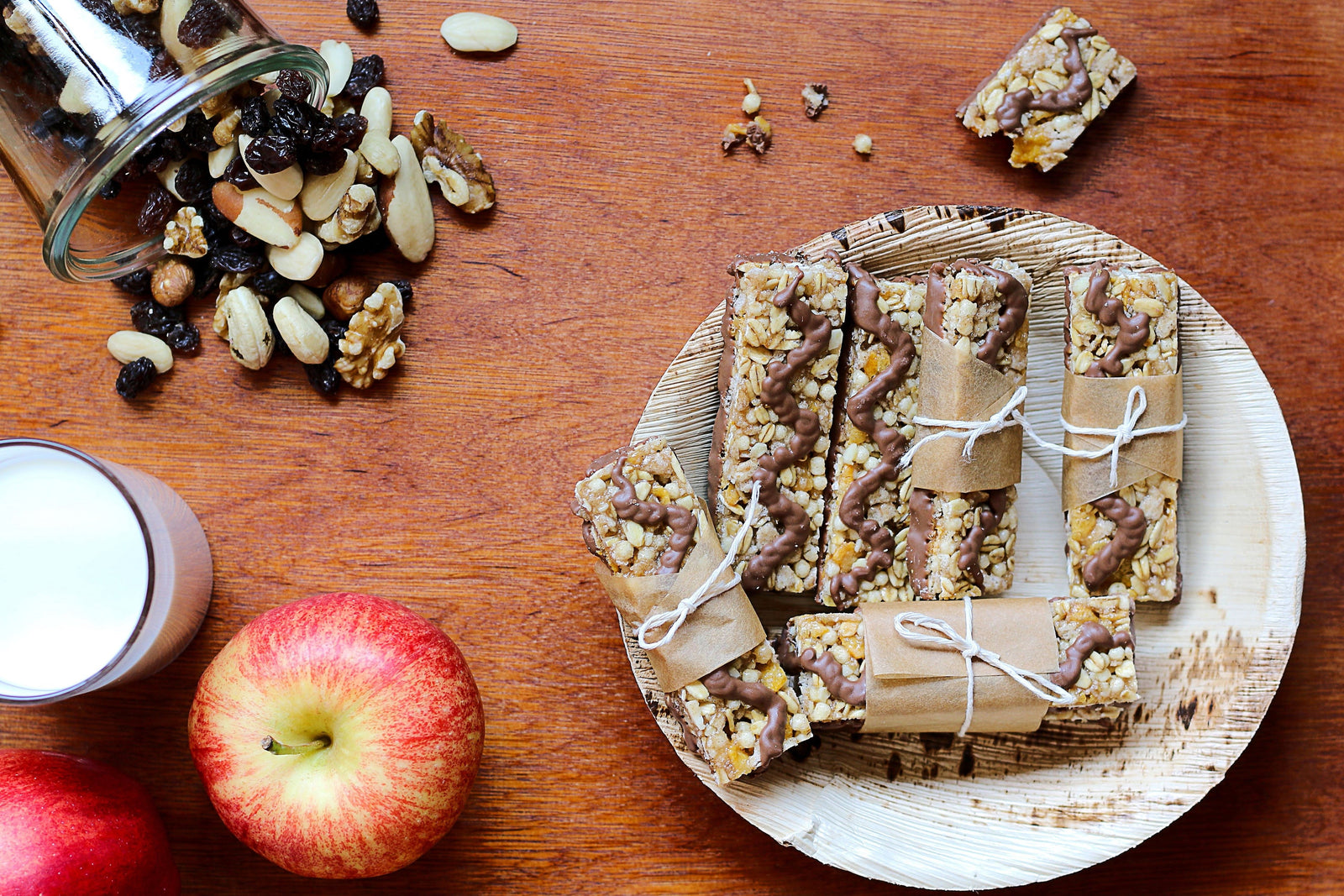Kids don’t want “healthy food.” They want tasty, familiar bites that keep them energized until the bell rings. The trick is swapping in protein that feels like part of the sandwich, snack, or treat — not an item on a nutrition list. Below are simple, make-ahead ideas that travel well, stay tidy in a backpack, and help prevent the mid-afternoon snack raids.
The packing mindset: small wins, big satiety
When packing protein for school, focus on three small goals: texture (add a crunchy or creamy element), portion (aim for a palm-sized protein serving), and separation (keep wet elements apart from crisp ones until the moment of eating). Using a compartmented container makes the last two easy without adding morning fuss.
Three easy swaps that actually taste good
Chickpea mini-patties (kid-approved)
Blend canned chickpeas with a little grated carrot, an egg or flax egg, a handful of breadcrumbs, and a pinch of cumin. Form thumb-sized patties and pan-fry until golden. They’re neutral in flavor, sturdy, and tasty cold or at room temperature. Pack two or three patties beside cucumber sticks and whole-grain crackers for a balanced lunch.
Make-ahead tip: cook a double batch and freeze between sheets of Pre-Cut White Parchment Paper; thaw in the morning or tuck a frozen patty into the lunch and it’ll be ready by midday.
Yogurt parfait hacks (not soggy, actually fun)
Kids love parfaits — but soggy granola is a dealbreaker. Layer plain Greek yogurt with a small spoonful of fruit purée in the middle and keep crunchy granola separate. At lunchtime kids sprinkle the topping themselves so every bite is fresh. A clear portioned Clear Plastic Dessert Cup makes the layers visible and helps with portion control.
Seeded energy bites — no baking required
Combine oats, tahini (or a seed butter), date paste or honey, and mix-ins like chia and sunflower seeds. Roll into bite-sized balls. They travel well, don’t get mushy, and deliver steady energy. Pack three to four with apple slices or a cheese cube and you’ve got a portable, satisfying combo.
Practical pack & portion strategies
- Compartment thinking: A small 3-section box keeps proteins, fruits, and crunchy items separate so textures stay as intended.
- Palm-sized portions: For most kids, aim for about 2–3 oz cooked protein (younger kids get smaller portions).
- Cool, not soggy: Dry cut veggies well and layer them over a paper towel or keep them in their own compartment to protect sandwiches.
- Label simply: A grease-pencil initial or short sticker helps families rotate lunches and avoid mystery meals.
Safety & reheating — short and sensible
If a meal will be reheated, include a one-line instruction: “Microwave 60–90 sec; lid off.” For cold meals, pack with an ice pack or a frozen water bottle to keep temps safe. For allergy-sensitive settings, swap nut butters for seed butters and note this clearly on a lid sticker.
Final checklist for the school morning
- Prep protein items on Sunday; freeze or chill as needed.
- Pack each lunch with an ice source for perishables.
- Keep crunchy toppings separate until the last minute.
- Add a one-line reheating or allergen note if needed.
Simple swaps and smart packing beat complicated recipes. When protein feels like part of the meal — not a “healthy” afterthought — kids eat better, parents relax, and afternoons stay snack-free.

